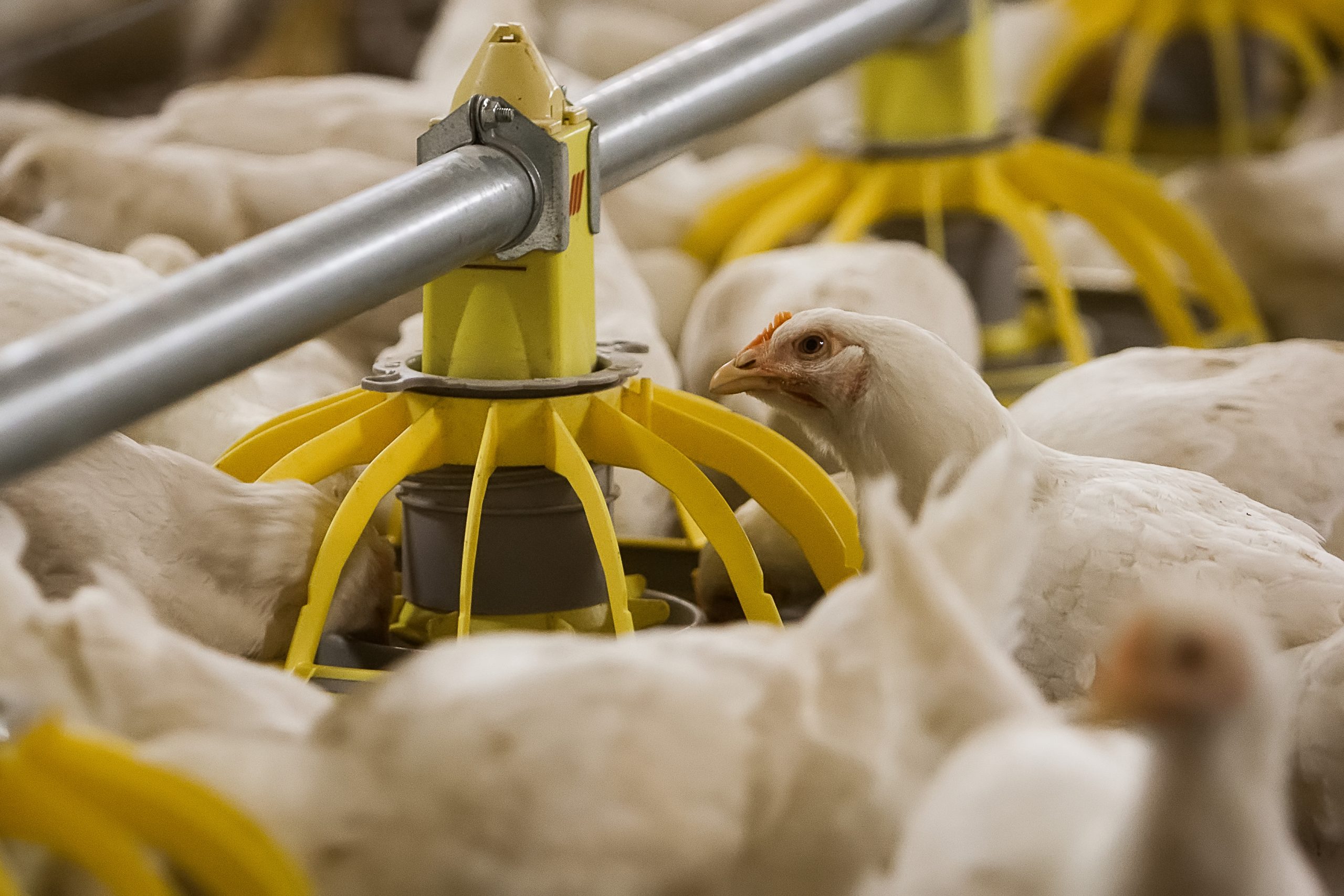Butyrate and botanical: A good mix

Compared to single use, a combination of 2 feed additives can have a more powerful effect on gut health. Therefore, tests were carried out if this also applies to butyrate, combined with a botanical product.
Gut health is important for maximising the health, welfare, and performance of poultry. It can be defined as the capability to execute normal physiological functions and to maintain homeostasis, in various conditions, with and without stressors. These normal physiological functions include nutrient digestion and absorption, fostering a stable microbiome, maintaining intestinal integrity and modulate mucosal immune responses. Gut health therefore entails a wide range of physiological and biochemical signalling pathways, and many feed additives have been described to be able to modulate certain subsets of these responses.
Butyrate and plant extracts
2 classes of feed additives that received considerable attention for their potential to improve gut health and animal performance, especially considering the worldwide trend to produce animals with less antibiotics, are butyrate and botanically derived products. Butyrate is recognised to be an important signalling molecule that can trigger a variety of responses in animal cells and intestinal bacteria, depending on where in the digestive tract it is released. It has been described to modulate innate immune reactivity, to stimulate enterocyte and villi development and to steer gene expression, just to name a few of the long list of working mechanisms. However, the effect of botanical or phytogenic products, depend on the nature of the active ingredients. Several botanical components have been associated with improved digestion, anti-oxidative properties and effects on gut microbial composition.
Good for intestinal health
To maximise the profit that gut health supporting products can bring, feed additive producers have to invest in R&D programmes that focus on maximising the potential of a certain type of active ingredients. For example, for butyrate to be able to exert its full potential, it is hypothesised that it has to be delivered along the entire gastro-intestinal tract, to trigger the maximum number of butyrate-depended responses of a wide variety of functionally and spatially distinctive cell types. Although several coated butyrate products are said to have such target release characteristics, only a few of them will be able to deliver butyrate in the entire digestive tract. For botanical products, the challenge consists of deciding which herbs, essential oils or extracts will end up in the final phytogenic product. To maximise the likelihood that the final product will exert beneficial functions in a variety of (intestinal) conditions, putting together a mixture consisting of bio-active ingredients that have been evaluated in a variety of functional assays, will be of critical importance.
Figure 1 – Zootechnical performance PDCB trial (day 21).

Experimental setup
Once these active ingredients supporting gut health have been turned into products that get the most out of their potential, the challenge is to find the optimal way of using them. It has been shown that Precision Delivery Coated Butyrate* (PDCB) and a botanical (BO**) can trigger such a wide range of mechanisms supporting gut development digestion and nutrient absorption, at any stage of the production cycle. To study this more in detail, with focus on the inclusion of both products separately or in combination on one hand, experiments were set up in Brazil to help assess what the best possible feed additive programme would be in a commercial farm-like environment. The effect on supplementing different levels of PDCB (0.5, 0.75, and one kg/tonnes) only in the pre-starter and starter feed (day 1-21) of broilers were tested. Zootechnical performance was measured at day 21, as well as at the end of the trial (day 42). In addition, PDCB or BO during the grower and finisher stage was given to see if this had an effect on further improvement of boiler performance, on top of any effects observed after supplying birds with PDCB in the (pre)starter period. Treatment groups consisted of the negative control (no additives added to the feed), the positive control (AGP’s added in all stages), and three groups that received (pre)starter diets with one kg/tonnes PDCB. In one of these groups, no additive was added in the grower and finisher stages; in another 0.50 kg/tonnes and 0.25 kg/tonnes PDCB was included in the grower and finisher feed, respectively; and in the last group, grower/finisher feed contained 0.15 g/tonnes BO.
Figure 2 – Zootechnical performance PDCB trial (day 42).

Figure 3 – Zootechnical performance PDCB + BO trial (day 42).

Good results for growing birds
In the first experiment, higher PDCB inclusion levels resulted in higher feed intake, reduced FCR, and increased final weight, both at day 21 (Figure 1) as day 42 (Figure 2). In addition, the final weight of broilers that had been given PDCB in the starter phase, was comparable to birds that received the AGP’s (Figure 3). The weight was improved even more when PDCB was supplemented to the grower and finisher feed as well (Figure 3). The best results on feed intake and FCR, however, were obtained when BO was added in the grower/finisher, apart from PDCB in the starter feed (Figure 3). More importantly, given the lower inclusion level needed for the BO, the profitability for the producer was higher in the PDCB/BO group, compared to the treatment where PDCB was given in all treatments.
These results provide additional evidence for the use of PDCB in (pre)starter feed as well as a proof-of-principle for the concept that PDCB and BO can be combined in a programme approach. In this situation, PDCB (starter) and BO (grower/finisher) gave the best results in terms of performance, as well as in profitability for the farmer.
*PDCB = Precision Delivery Coated Butyrate = ADIMIX®Precision. **BO = Botanical product APEX®5
By Daniel Ramirez, Mvz, Msc And Tim Goossens, Phd, Nutriad International











